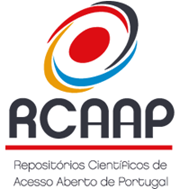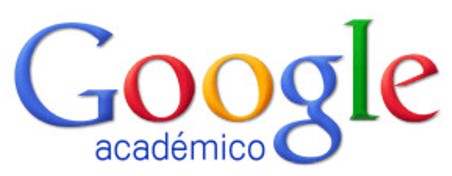Inbound Learning: contributo para uma nova Metodologia de Ensino
DOI:
https://doi.org/10.25746/ruiips.v9.i4.26215Palavras-chave:
Ensino, Inbound Learning, Metodologia de Ensino, Processo de AprendizagemResumo
O Ensino e as suas Metodologias necessitam de se adaptar face ao Futuro. Novas Pandemias e tecnologias emergentes irão impactar o trabalho tal como o conhecemos hoje. São, por isso, necessárias metodologias que complementem o Ensino Tradicional, englobando aprendizagem constante e gradual, curiosidade, gestão, criatividade, inovação e colaboração dado que são skills do Futuro segundo Talin (2021). É necessário travar a sistematização e formatação de profissionais homogéneos para o Mercado de Trabalho, sendo este um dos objetivos da metodologia de Inbound Learning. O Inbound Learning está virado para o futuro, permitindo ajudar os alunos a progredir face às suas necessidades e interesses, valorizando os seus skills individuais e incentivando a sua criatividade e iniciativa através de um ambiente de aprendizagem transparente, inclusivo e divertido.

Downloads
Publicado
Como Citar
Licença

Este trabalho encontra-se publicado com a Licença Internacional Creative Commons Atribuição-NãoComercial-SemDerivações 4.0.
Autores que publicam nesta revista concordam com os seguintes termos:
- Autores conservam os direitos de autor e concedem à revista o direito de primeira publicação, com o artigo simultaneamente licenciado sob a Licença Creative Commons Attribution que permite a partilha do trabalho com reconhecimento da autoria e publicação inicial nesta revista.
- Autores têm autorização para assumir contratos adicionais separadamente, para distribuição não-exclusiva da versão do artigo publicado nesta revista (ex.: publicar em repositório institucional ou como capítulo de livro), com reconhecimento de autoria e publicação inicial nesta revista.
- Autores têm permissão e são estimulados a publicar e distribuir o seu trabalho online (ex.: em repositórios institucionais ou na sua página pessoal) a qualquer ponto antes ou durante o processo editorial, já que isso pode gerar alterações produtivas, bem como aumentar o impacto e a citação do trabalho publicado.




